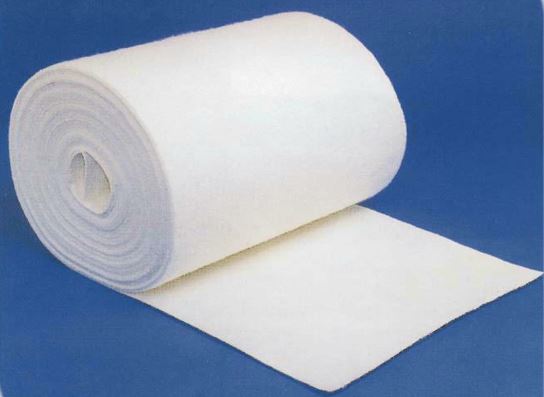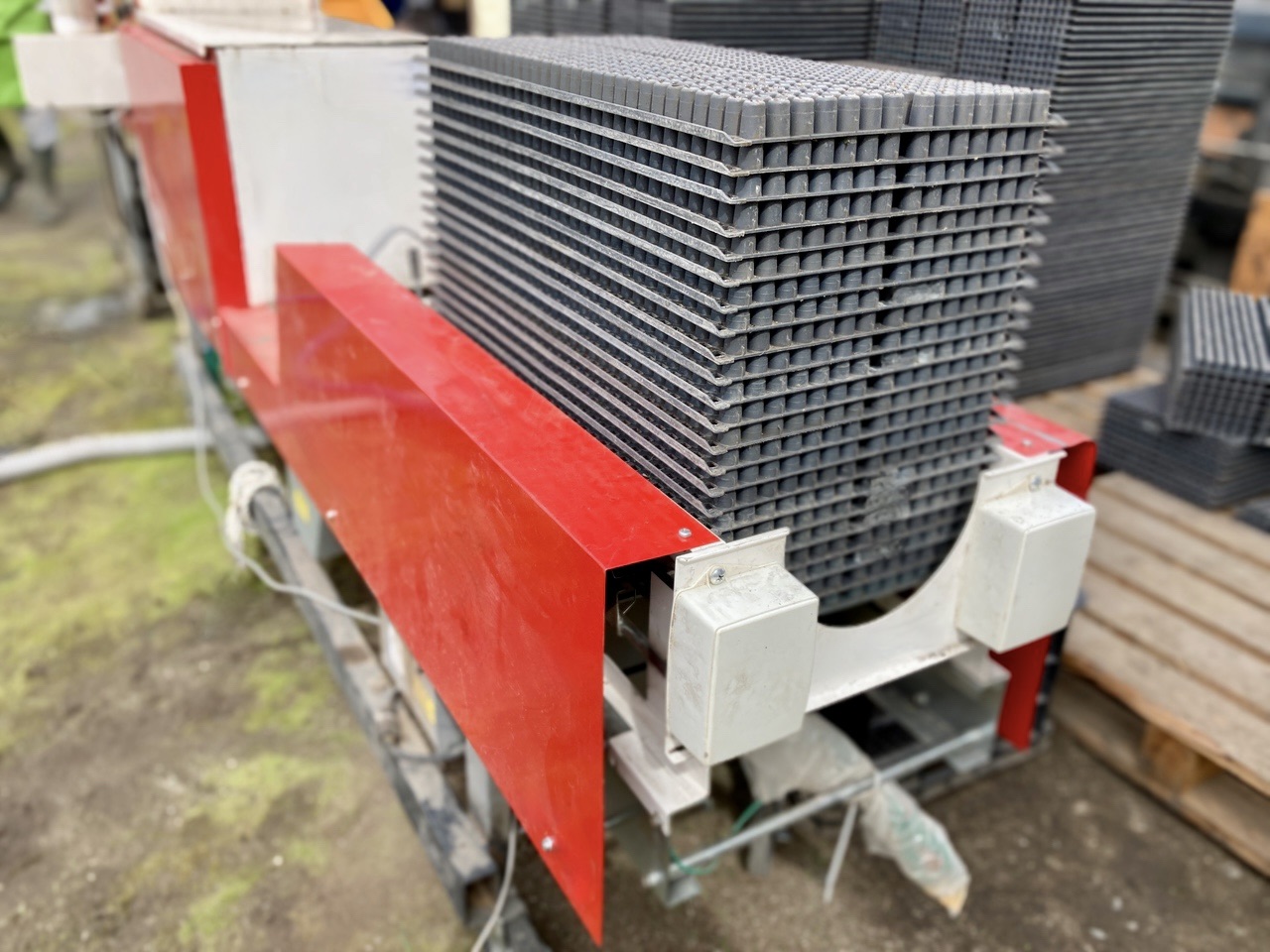
What is Chopped Strand Mat?
Chopped Strand Mat is a fiberglass sheet made from chopped glass strand with generally polyester resin. Its manufacturing process is that the chopped glass strand is cut in short and distributed evenly. Therefore, the strength of chopped strand mat is even in any direction(non-directivity).
It has excellent impregnation, defoaming, and mold-conformability. It is also used as a base material for FRP waterproof construction such as rooftops and floor enhancer. Applications include hand lay-up and waterproofing work.
What is the spec in general?
Specifications vary depending on the manufacturer, but the typical ones are as follows.
It is mainly expressed in grams per 1 square meters. The width is generally around 1m and the maximum width is almost 2m due to the facility size.
| Weight (g/㎡) | Width | Coating | Hardness |
| 200/300/450/600etc | 1000-1800 | Mainly silane | Soft – hard |
Where is the chopped strand mat manufactured?
China is the main manufacturing country for chopped strand mat in ASEAN. However, considering the total price and delivery time comprehensively, recent demand has been switching to Thai domestic products. Unstable exchange rate also seems to be the reason of this demand change.
It is used by not only Thai local companies but also foreign companies aiming “China Plus One”. Maeda Enterprise Thailand proposes chopped strand mats made in Thailand at a low price.
We appreciate requests for quotations or samples. Please feel free to contact us form below. We will get back to you within 1 or 2 business day.
What is Hand-lay-up molding
Hand-lay-up molding is the most common molding method to make some FRP product. It is the molding method in which, firstly, mold=predetermined base material is formed in advance, and secondly resin is manually laminated with a brush or roller. Its advantage is that it is suitable for low-volume production, requires small equipment investment, and can mold complex products.
Disadvantages are the poor working environment, low fiber content due to non-pressure molding, and quality depends on the worker’s manual skill. Examples of applications are such as boats, ships, and corrosion-resistant equipment.




